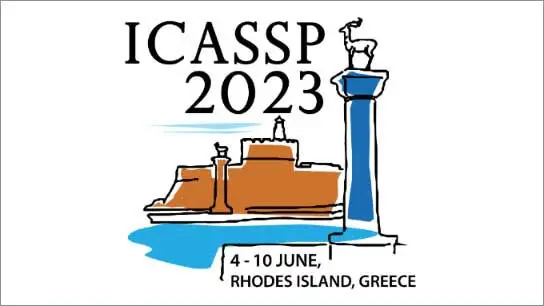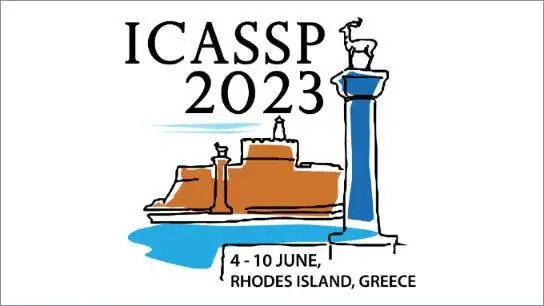Constrained non-negative PARAFAC2 for electromyogram separation
MAGBONDE Abilé Serge (GIPSA LAB); QUAINE Franck (GIPSA LAB); Bertrand Rivet (Grenoble-INP)
-
Members: FreeSPS
IEEE Members: $11.00
Non-members: $15.00
07 Jun 2023
The objective of this paper is to reduce the cross-talk during the simultaneous extension of the muscles of the index finger and the little finger from a matrix of surface electromygraphy signals (sEMG). To this end, a non-negative tensor decomposition based on PARAFAC2 is proposed allowing to embed physiological constraints and to deal with intermittent dysfunctional sensors. The decomposition is derived by an alternating optimization of alternating direction method of multipliers steps. Numerical simulations based on synthetic mixtures of real sEMG signals show that the proposed estimation method leads to similar performance than the non-negative PARAFAC2 (PF2) method but outperforms a more classical non-negative matrix factorization method. Nevertheless, the results also highlight that the proposed method requires a single component per muscle unlike PF2 which requires between 2 and 8 components per muscle, thus giving results closer to biomechanics and easier to interpret. Finally, the consideration of intermittent dysfunctional sensors in the proposed method is of great practical interest.



